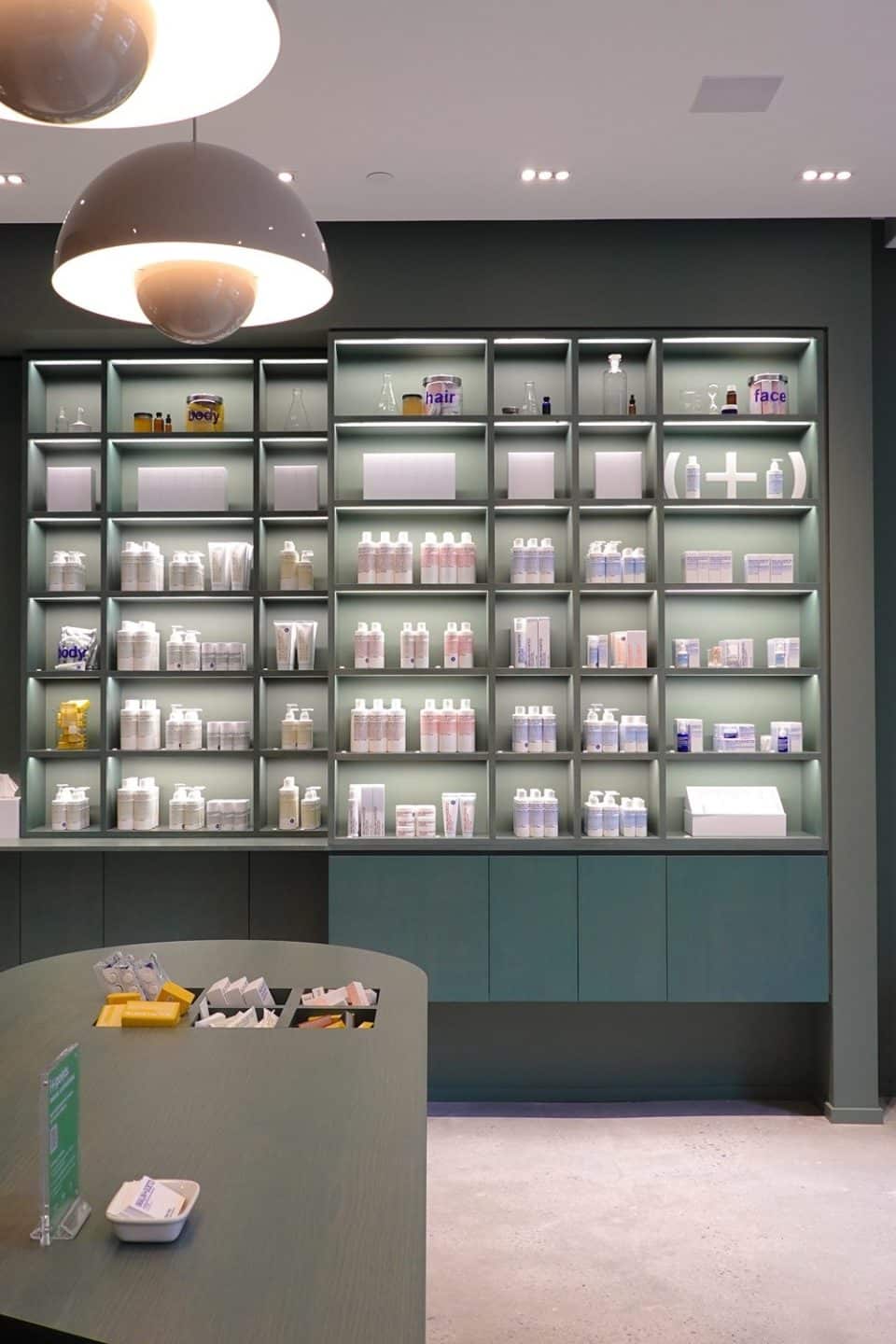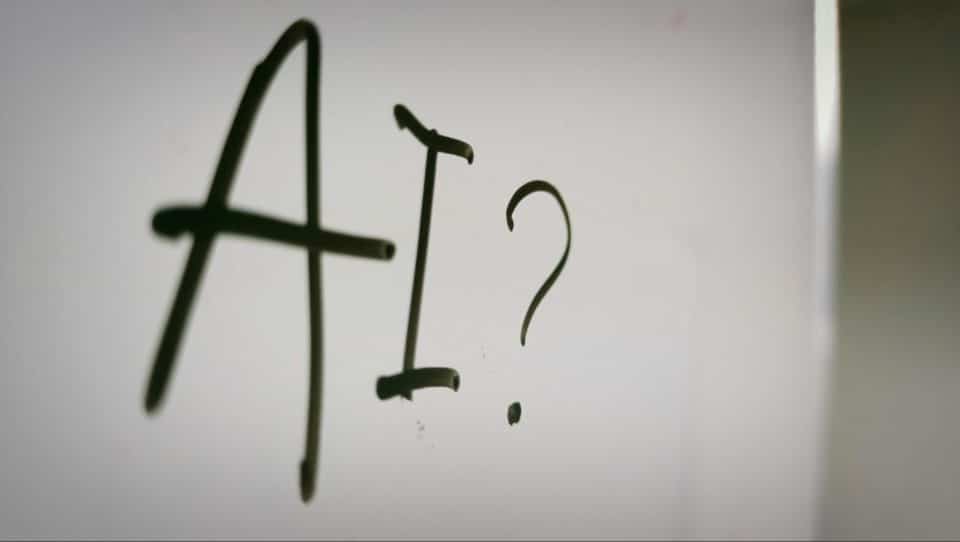The most wow new tech initiatives in retail March 2019
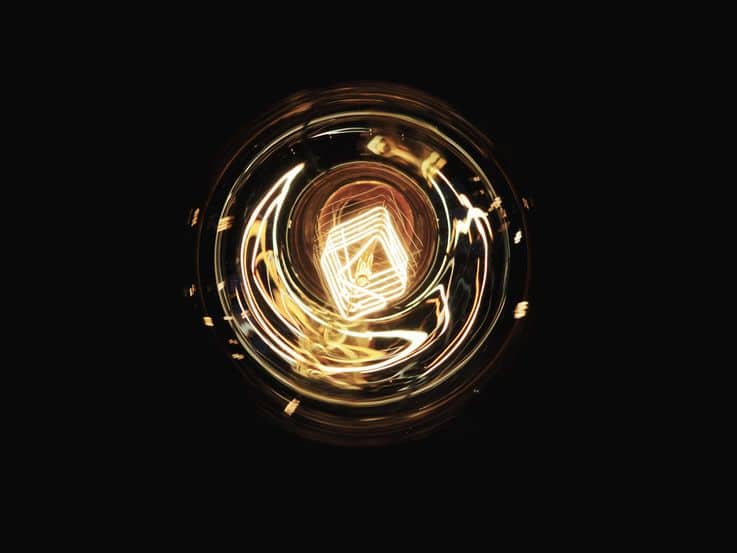
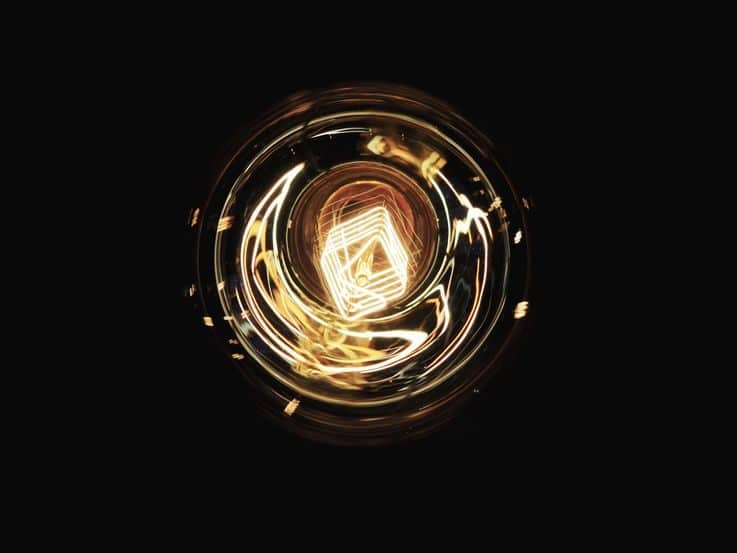
There’s no getting away from the impact of tech on our lives. How we shop is no exception, which is why we’re bringing you all the best new tech initiatives each month. You won’t miss a thing with our guide to the ideas that are changing everything.
This month we’ve got a bumper crop of new tech ideas to wow you and move your thinking forward. So what are you waiting for?
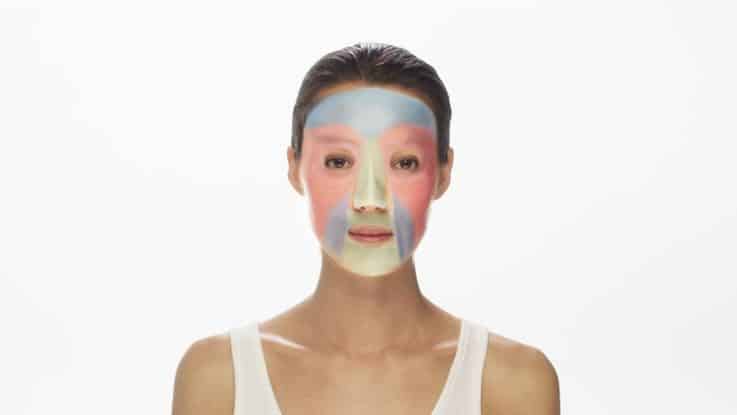
Neutrogena custom 3D-printed face masks
What is it?
Neutrogena has come up with a new iOS app, MaskiD, that promises your very own custom face mask. The app takes a 3D image of the individual’s face to then print a mask that fits them perfectly. Each mask can be divided into six areas, including forehead, eye area and cheeks. Customers can then choose which ingredient they want in each area from stabilised vitamin C to purified hyaluronic acid for a mask that addresses their individual needs.
Why you need to know
This is the sort of personalisation that is going to become mainstream in retail. The face mask business might be big, but at the moment we’re all working with sheet masks that might not line up with our eyes, noses or mouths. By custom printing masks based on a customer’s actual face you offer them something that really works. Plus, they can change the formula of the mask each time as needed to meet their changing skin requirements.
MaskiD can also tie in with Neutrogena’s Skin360 iPhone accessory, which assesses skin condition and moisture level, to hone in on your skin needs. It will also help track the effects of the masks. While it’s not necessary to use MaskiD, it’s an insight into how Neutrogena is creating an ecosystem around its customers’ skin, and then using that to sell products. It can also use data from things like MaskiD to improve its product range to the benefit of everyone.
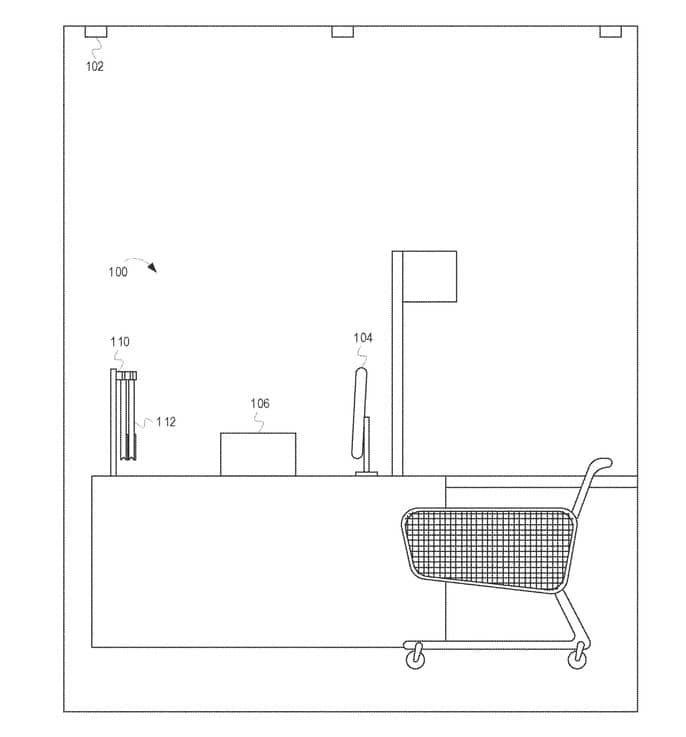
Walmart patents sound surveillance system
What is it?
Walmart has secured a new patent for a surveillance system that records and analyses sounds made in stores. The plan appears to be for Walmart to capture sounds like checkout beeps, shopping bag rustling and interactions between shoppers and staff.
Why you need to know
Walmart says it will analyse this to try and prevent theft (through people putting more items into bags than they scan) or to understand when long queues form (based on customer noises). But it also plans to capture conversations between staff and customers which it will then use to measure performance.
It’s an interesting idea, but we can’t help but think that for a lot of people recording of conversations borders on creepy. Perhaps as we become more used to voice assistants out in the world this won’t be such an issue, but we can imagine privacy will be a concern.
[youtube https://www.youtube.com/watch?v=bu1B6RUBfDg&rel=0&controls=0&showinfo=0&w=737]
Skubot automated part finder
What is it?
3D scanner maker Skubot has teamed up with HP to create a machine that uses 3D scanning to automatically identify and find parts like screws or fittings. You place the part in the machine, it scans it and creates a 3D model. This model is compared against the database to identify what it is. Skubot says it can identify products with 96% accuracy.
Why you need to know
This is a pretty cool application of 3D modelling tech. Parts often don’t have any information on them that tells you what they are. But of course you need that exact part to make your lights, plumbing etc work. For those in the biz this is a really useful tool as it means you get exactly what you need to do your job. It also helps out the retailer as it’s normally super experienced staff who have to do this type of identification. It could even function as a training tool.
Sometimes in retail tech is all show and no substance, but Skubot has come up with a genuinely useful application. Could we see it being used in other parts of the industry? Sure, if product identification is required regularly. Maybe one day it could scan your limited-edition rare trainers and know exactly the model.
Google’s touch-free sensors
What is it?
Google has just had the nod from the FCC to continue developing its gesture-recognising sensors under Project Soli. The project started in 2015 and uses radar-based sensors to recognise gestures to control gadgets instead of touching them. Examples include turning your wrist to increase the volume of music or moving two fingers apart to zoom in. To actually make it work the way you’d expect though Google needed to use high-powered radars, which it has just had the nod to do.
Why you need to know
This is the kind of ‘future’ feeling tech of multiple TV shows and films. While things like voice have started to be used, there’s something about gestures that feels more intuitive – probably because we’re already used to tapping and swiping and pinching and pulling.
At the moment it’s unclear what Google is planning for Project Soli, but there’s plenty of ways these sensors could impact retail in the future. From blowing up back-office data with the wave of a hand to making it easier for customers to interact with in-store screens, gestures could become the go-to anywhere we use gadgets.
We may see it paired up with the likes of AR, VR and mixed reality to create more immersive experiences and environments we can interact with more intuitively. It could also help push the wearables market into new areas.
[youtube https://www.youtube.com/watch?time_continue=2&v=YFi5F4Zd-AE&rel=0&controls=0&showinfo=0&w=737]
CareOS’s smart mirror
What is it?
Aretmis is a new smart mirror concept from CareOS that wants to revamp your beauty regime. The mirror uses AR to let you try out different hair colours, can show video and even let you shop. It has facial recognition, built-in voice controls and the ability to take 3D pictures of your face.
Why you need to know
This is far from the only smart mirror out there, but it does feel like one of the few with wide ambitions. CareOS wants to build an ecosystem around its mirrors, with aspirations to have them both in your local salon and in your home. The idea is that you’ll be able to watch a tutorial on how to apply your make-up and follow along at the same time, as well as buy featured products if desired.
The company also wants the Artemis to be able to collect data about your skin and posture so that it can detect changes and advise you see a doctor. And of course, this in theory could let it suggest new skincare routines, and associated products, as your face ages. Plus, if your local salon had one installed then there could be an option to share data and looks between the mirrors via your account. The ecosystem is going to be crucial to retail’s future so expect everything to become a possible interaction point in the future.
Microsoft HoloLens one-click shopping
What is it?
Microsoft recently filed a new patent for its HoloLens mixed reality headset that adds holographic shopping buttons to the world around you. It means that in the future people wearing a HoloLens headset could see buy buttons next to items. One click could let them buy and then either collect their purchases or have them delivered.
Why you need to know
It’s still unclear exactly what role mixed reality might play in our futures but this seems like Microsoft hedging its bets should it take off. While right now wearing a HoloLens headset to wander around your average store seems a bit much, it’s worth remembering that the tech is constantly being whittled down. Microsoft itself has just announced a smaller version of the HoloLens.
If in the future these sorts of mixed reality glasses achieve mainstream appeal, then the ability to automatically buy what we see could be a real boon. Not just in some sort of store environment, but also out in the world whether that’s from looking at a billboard advert or the outfit of a character in a TV show.
[youtube https://www.youtube.com/watch?v=2B_hX5g539I&rel=0&controls=0&showinfo=0&w=737]
Samsung’s helpful robots
What is it?
This year’s CES saw Samsung lift the lid on four new robot pals that could come to homes and businesses one day. Bot Care monitors and supports health through things like measuring your pulse, detecting falls and showing workout videos, while the Bot Air drives about your home purifying air.
The GEMS (Gait Enhancing and Motivation System) models are worn on the body and help with mobility issues. Then there’s Bot Retail which can be used in stores and restaurants to help navigation, recommend products and even sell you things from the shelves integrated into it.
Why you need to know
The first thing to note is that these aren’t on the market yet. They may not ever be properly rolled out. But it shows how robotics are still a big area of focus for all sorts of companies. It’s also interesting to see Samsung developing robots for specific functions rather than all-round usage. There is of course a limit – no-one will want six different robots bumbling about their house as one clean the air and the other the carpet and one reminds you to take your medicine.
But for specific markets, eg retail and healthcare, there is an argument that robots shouldn’t be all things to all people if they want to be useful. While we’ve seen various robots deployed in retail, Bot Retail is interesting given that it can actually sell you products on-demand. This makes it great for impulse buys whether that’s sweets at the cinema once seated or a phone charger in the airport waiting room.
And while Bot Care, for example, isn’t specifically designed to sell it wouldn’t be hard to add a sales element such as reordering your prescription or buying recommended vitamins and having them shipped to your home. Definitely an area to think about.
Amazon’s virtual changing room
What is it?
Amazon have also got in on the patent game recently. Most notable has been a new app that lets customers create an avatar of themselves from their social media images and then try on outfits in a virtual changing room. The app will also collect data, from weather to events to social media photos, on the individual to offer up recommendations of products.
Why you need to know
Because Amazon is trying hard to find the sweet spot in at home fashion shopping. The Echo Look was an early attempt and more recently a smart mirror patent was another. Whether this virtual changing room app will come to light we don’t know yet, but it shows Amazon’s line of thinking at least.
It also goes back to the ecosystem idea. We’re used to retailers talking about using data to personalise recommendations, but this virtual changing room intends to go deeper than most. Bringing in location-based information like the weather where you live starts to make recommendations about the individual. It also opens up the opportunity for more motivated product recommendations. In much the same way as going food shopping when you’re hungry means you’re motivated to buy more, if the virtual changing app knows you have a wedding coming up it can pitch you outfits at a time when you’re most primed to actually buy.
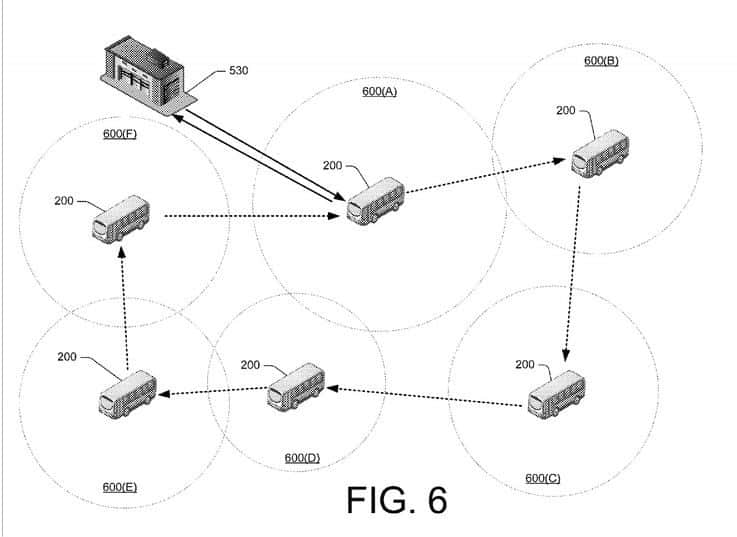
Amazon’s public transport pick-up plan
What is it?
Another new patent for Amazon focuses on getting shoppers’ purchases to them wherever they are. In this case it’s the ability to request your parcel is delivered to a bus, or other public transport vehicle, for you to pick-up at your convenience. The vehicle would have special storage compartments installed which are accessible via special codes. Once you’ve specified a time and place to pick-up from, you receive the code needed to release your parcel.
Why you need to know
It’s sounds a bit wacky, but it shows that even Amazon doesn’t have the ecommerce delivery thing nailed. It’s one thing to be able to buy whatever you want at a click of a button, but we all still want those items to arrive as quickly as possible. With our busy lives though we’re not always around when the delivery man rolls around.
While Amazon is looking at other ways to solve this problem, from letting delivery drivers enter your home when you’re not there to storage lockers in supermarkets, this patent puts your package where you are. Millions of people commute to work via public transport every day. We tend to take the same route each time as well. Having your mode of transport as a delivery option is definitely a convenient one.
The patent application also notes that this sort of mobile pick-up point could also be useful in places that are more difficult or expensive to deliver to on an individual basis. As with all patents it may come to nothing, but it’s food for thought.
[youtube https://www.youtube.com/watch?v=k3y-jOOIy6c&rel=0&controls=0&showinfo=0&w=737]
3D printed snacks from food waste
What is it?
Talking of food, a new concept from the Netherlands turns food waste into new edible snacks via 3D printing. It sounds so wrong, but Upprinting Food sees an opportunity for us to reduce the amount of edible goods we throw out by turning it into something else we can eat. One example is to use old bread, fruit and vegetable to create a puree that can be 3D printed, baked and dehydrated to give it a longer shelf life.
Why you need to know
It may never be more than a novelty idea, but for restaurants and retailers who naturally create food waste through their day-to-day activities it could help make a dent in our unsustainable habit of throwing out edible food. Sustainability is on everyone’s lips and innovative applications of tech like this show how much room there is for improvement.
At the moment Upprinting Food is focusing on high-end restaurants, which are already known for their more adventurous flavours and dish designs. The company is also working to improve the printer itself so that more printed elements can be produced faster and at a higher volume.
Google adds contextual additional info to messaging app
What is it?
Google’s newly launched text-messaging app Android Messages is to get Google Assistant integration in the near future. This means it will able to drop links to useful additional information into text message conversations. For example, if you text someone about seeing a new movie you may get a link to reviews or showtimes. Likewise, if you’re talking about the weather you may get a link to the forecast.
Google calls these links ‘suggestion chips’. It says that Assistant does not read your messages in order to provide the links, but that it’s the built-in ‘on-device AI’ that interprets the context. It’s the same sort of set-up as when you get auto-reply suggestions.
Why you need to know
Simply because a lot of these suggestion chips offer routes to making a purchase whether that’s film tickets or booking a holiday or going out for dinner. Giving customers contextually relevant information makes it easy for them to buy adding an element of impulse buying to conversations.
If users embrace the Android Messages service, and its suggestion chips, then we may see the option for contextual adverts/product recommendations to also start appearing. Talking about a wedding? Here’s a suggestion chip to browse dresses or gifts. Don’t know what to have for dinner tonight? Here’s a suggestion chip for takeout. Going on holiday? Yep here’s a suggestion chip for swimsuits.
Even if we decide that we’re not so keen on this in our text messaging apps, a similar idea could appear in other communication channels from chatbots to social media. Personalisation is a big goal for many brands and this may be a step in that direction.

